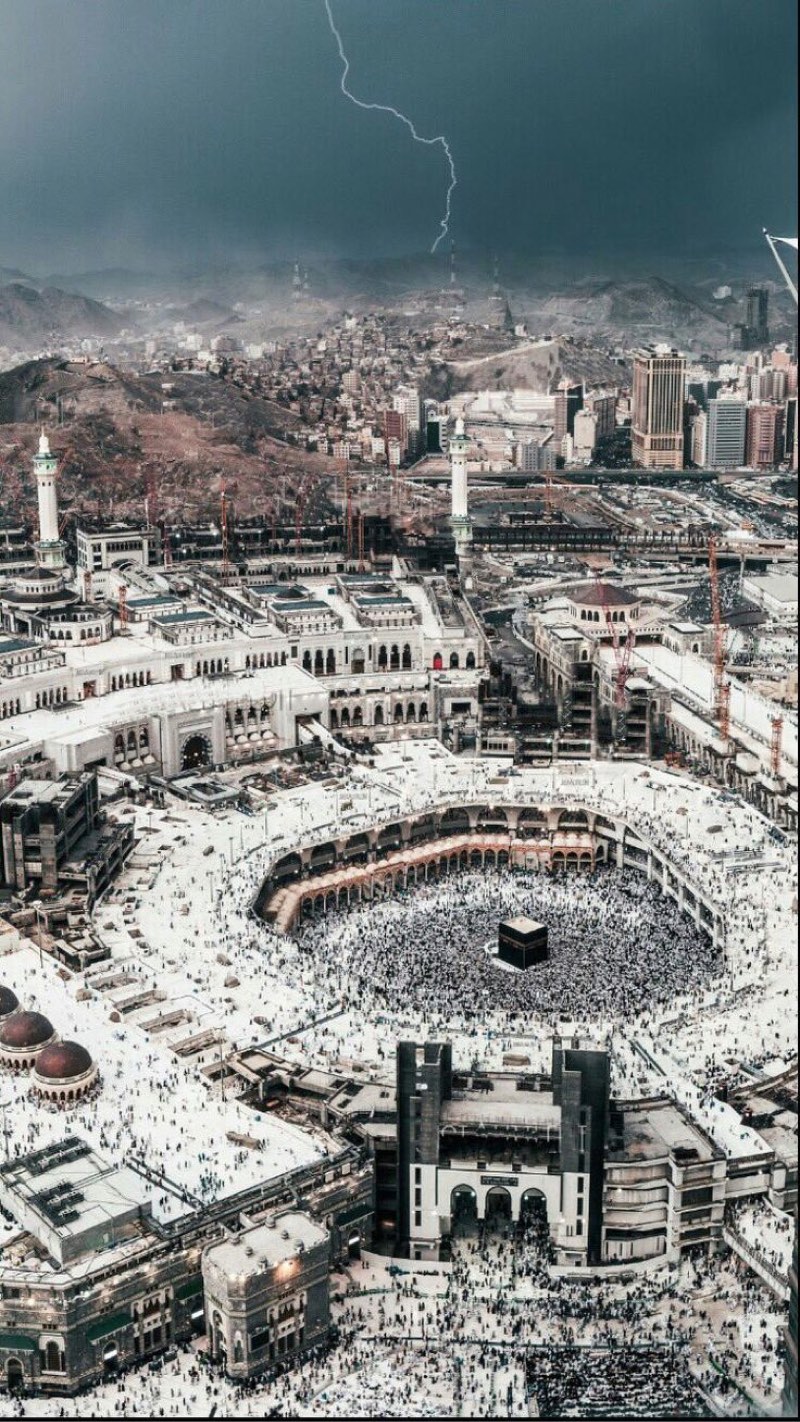Mysteriously, the name of Hagar and her miraculous well are not mentioned in the Quran, even though they are described in the Torah. She is not included among the Jewish matriarchs.
In the Torah, God established a covenant with Abraham, promising that he would be a source of blessings for all people on Earth. Abraham was not only destined to be the biological father of many nations but also the spiritual leader of mankind.
According to certain beliefs in Islam, the Hajj pilgrimage elevates Hagar's status as the mother of many nations and a matriarch, even though she is an obscure figure in the Quran.Can you provide further clarification or explanation for this perspective?
The belief that the Hajj pilgrimage in Islam elevates Hagar's status as the mother of many nations and the matriarch is rooted in the Islamic narrative and the rituals associated with Hajj. According to Islamic tradition, after Hagar and her infant son Ishmael were left in the desert by Abraham, they faced extreme hardship. In their desperate search for water, Hagar ran between the hills of Safa and Marwa seven times. It is believed that during this search, an angel appeared and caused a well, known as the Zamzam well, to spring forth.
During the Hajj pilgrimage, one of the key rituals is the Sa'i, which is the reenactment of Hagar's search for water. Pilgrims walk or run seven times between the hills of Safa and Marwa as a commemoration of Hagar's struggle and faith. This act is considered an integral part of the pilgrimage, symbolizing the endurance, perseverance, and trust in God exhibited by Hagar.
By including this ritual in Hajj, Islam emphasizes the importance of Hagar's role and elevates her status as a significant figure. The act of performing Sa'i acknowledges her faith and struggle, and it serves as a reminder of her connection to the origins of the Islamic faith. This elevates Hagar's status as the mother of many nations and the matriarch in Islam.
In this viewpoint, Hagar is seen as a symbol of strength, resilience, and devotion, and her story is celebrated as a testament to the power of faith and trust in God. The inclusion of the Sa'i ritual in Hajj reinforces this belief and highlights Hagar's significance as the mother of many nations and the matriarch in Islamic tradition.

